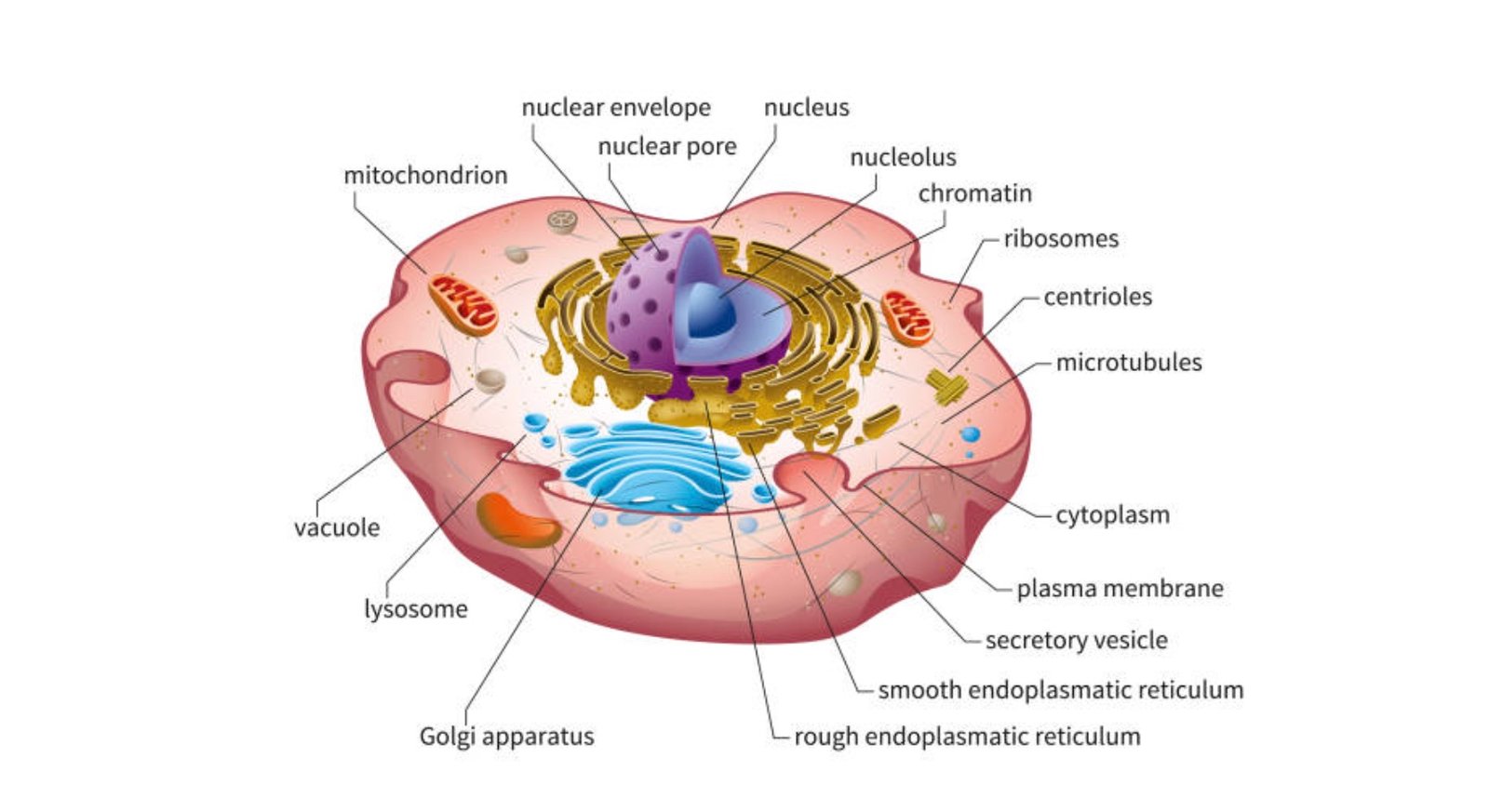Four compounds that are found in the cytoplasm: Cytoplasm is a gel-like substance that fills the inside of cells, which are the basic units of life. It is composed of water, proteins, lipids, carbohydrates, nucleic acids, and various other molecules. The cytoplasm contains various cellular structures, including the cytoskeleton, mitochondria, and other organelles. It is involved in many cellular processes, including metabolism, protein synthesis, and transportation of molecules. The cytoplasm also serves as a medium for various biochemical reactions to take place. In addition, it provides support and structure to the cell, helps maintain its shape, and protects the organelles from damage.
Video: Cytoplasm-The important fluid of the cell
List of Four Compounds that are found in the Cytoplasm
The four important compounds that are found in the cytoplasm are proteins, carbohydrates, lipids, and nucleic acids:
- Proteins: Proteins are the building blocks of life, and they play a critical role in the cytoplasm. They are synthesized in the cytoplasm by ribosomes and perform various functions, including enzyme catalysis, structural support, and transport of molecules.
- Carbohydrates: Carbohydrates are energy-rich molecules that are essential for cellular metabolism. They are stored in the cytoplasm in the form of glycogen or glucose and are broken down by enzymes to release energy.
- Lipids: Lipids are another important class of molecules that are found in the cytoplasm. They serve as a source of energy, form the cell membrane, and are involved in various signaling pathways.
- Nucleic acids: Nucleic acids are the genetic material of the cell and are essential for the cell’s function and reproduction. They are found in the form of DNA and RNA in the cytoplasm and are involved in the synthesis of proteins.
Examples
Here are some examples of proteins, carbohydrates, lipids, and nucleic acids:
Proteins Examples:
- Enzymes (e.g. amylase, lactase, and lipase)
- Structural proteins (e.g. collagen and keratin)
- Transport proteins (e.g. hemoglobin and transferrin)
- Hormones (e.g. insulin and growth hormone)
Carbohydrates Examples:
- Monosaccharides (e.g. glucose, fructose, and galactose)
- Disaccharides (e.g. sucrose, lactose, and maltose)
- Polysaccharides (e.g. glycogen, starch, and cellulose)
Lipids Examples:
- Fats (e.g. triglycerides and cholesterol)
- Phospholipids (e.g. lecithin and sphingomyelin)
- Steroids (e.g. testosterone and estrogen)
Nucleic acids Examples:
- DNA (deoxyribonucleic acid)
- RNA (ribonucleic acid)
- ATP (adenosine triphosphate)
The cytoplasm contains a variety of compounds that are essential for the cell’s survival and function. These include proteins, carbohydrates, lipids, and nucleic acids, and each plays a unique role in maintaining the integrity and function of the cell. Understanding the composition of the cytoplasm is crucial for understanding cellular processes and developing effective treatments for various diseases.

